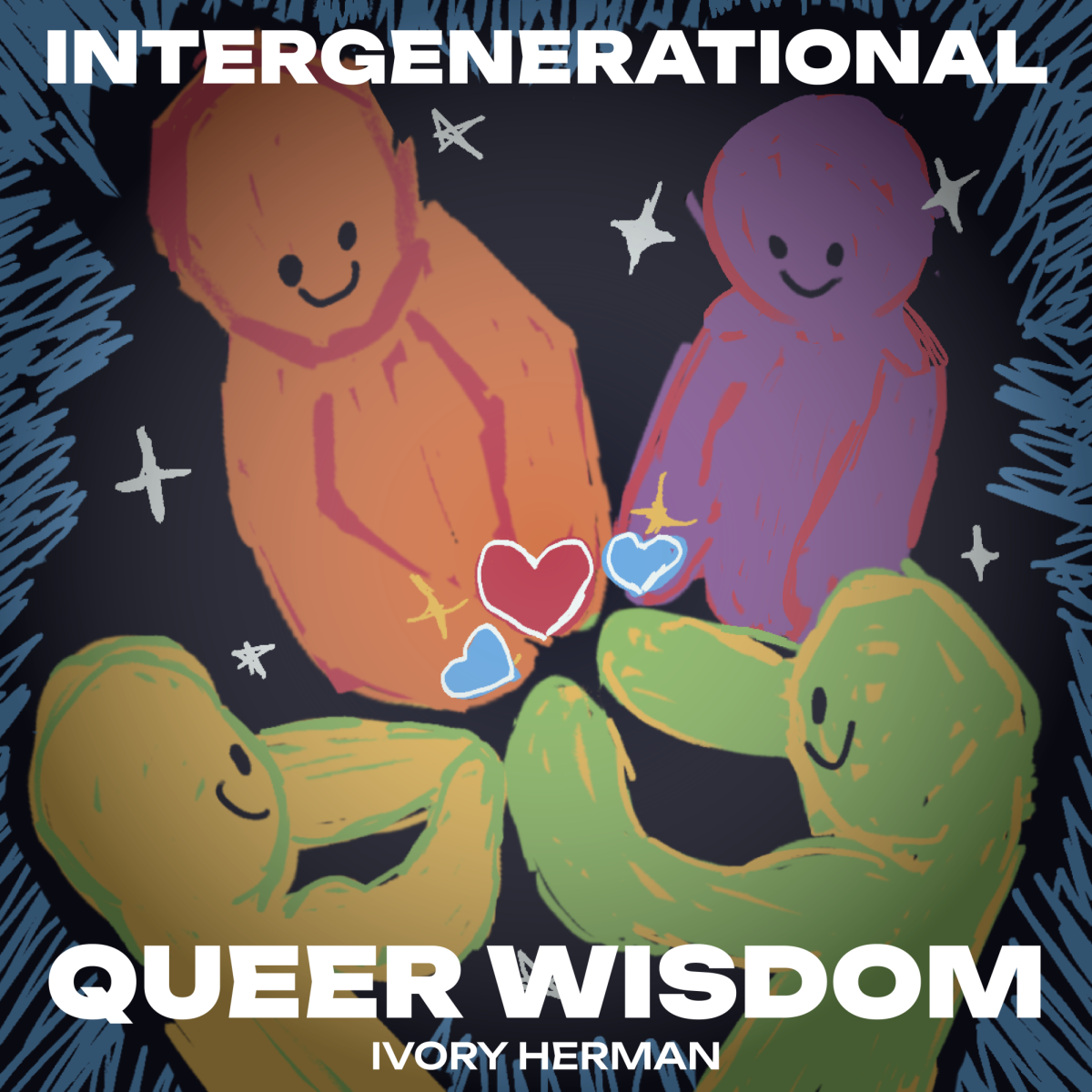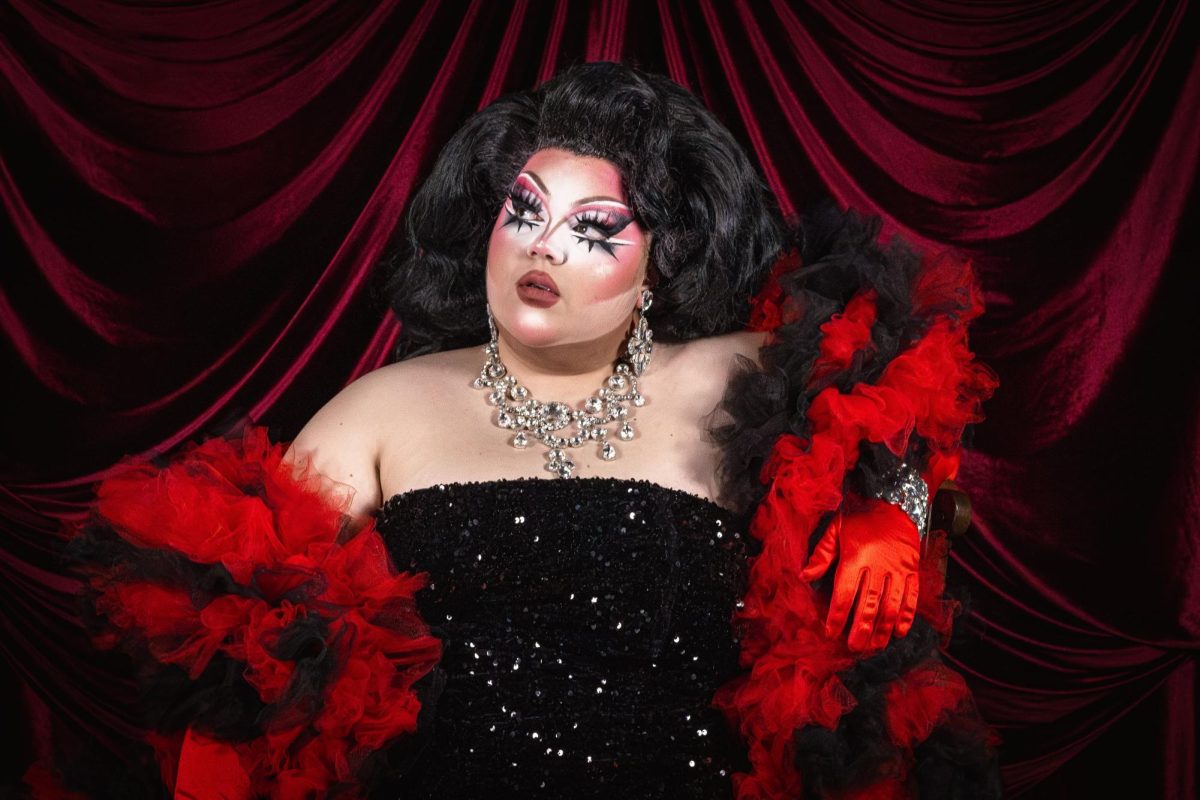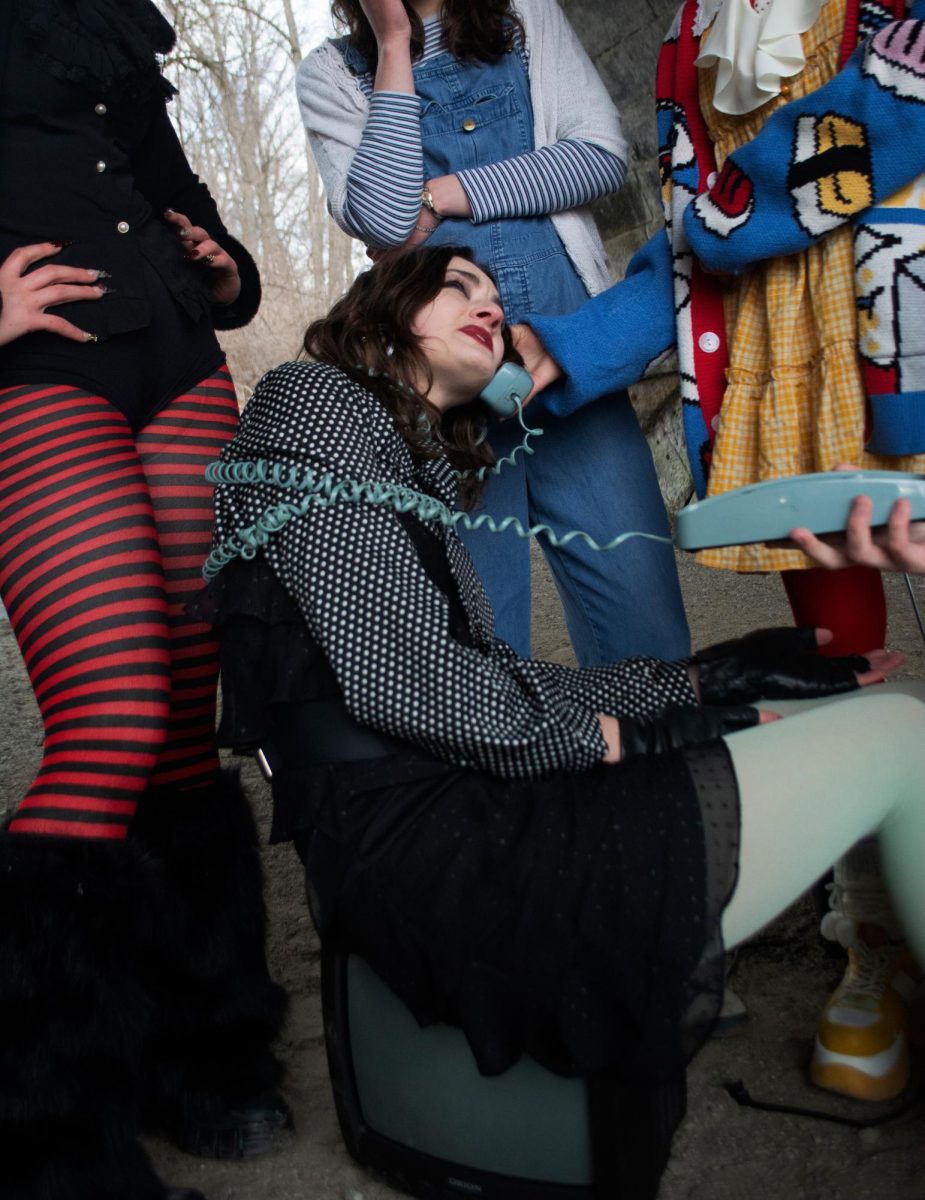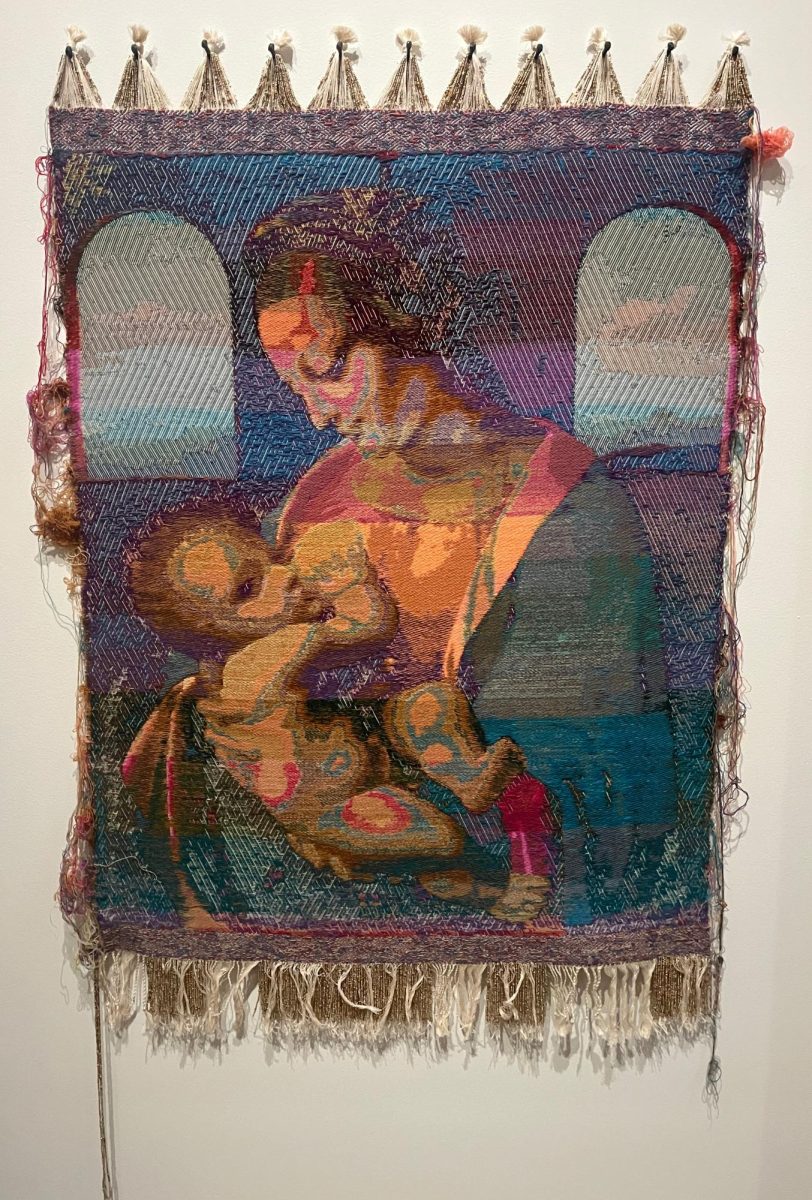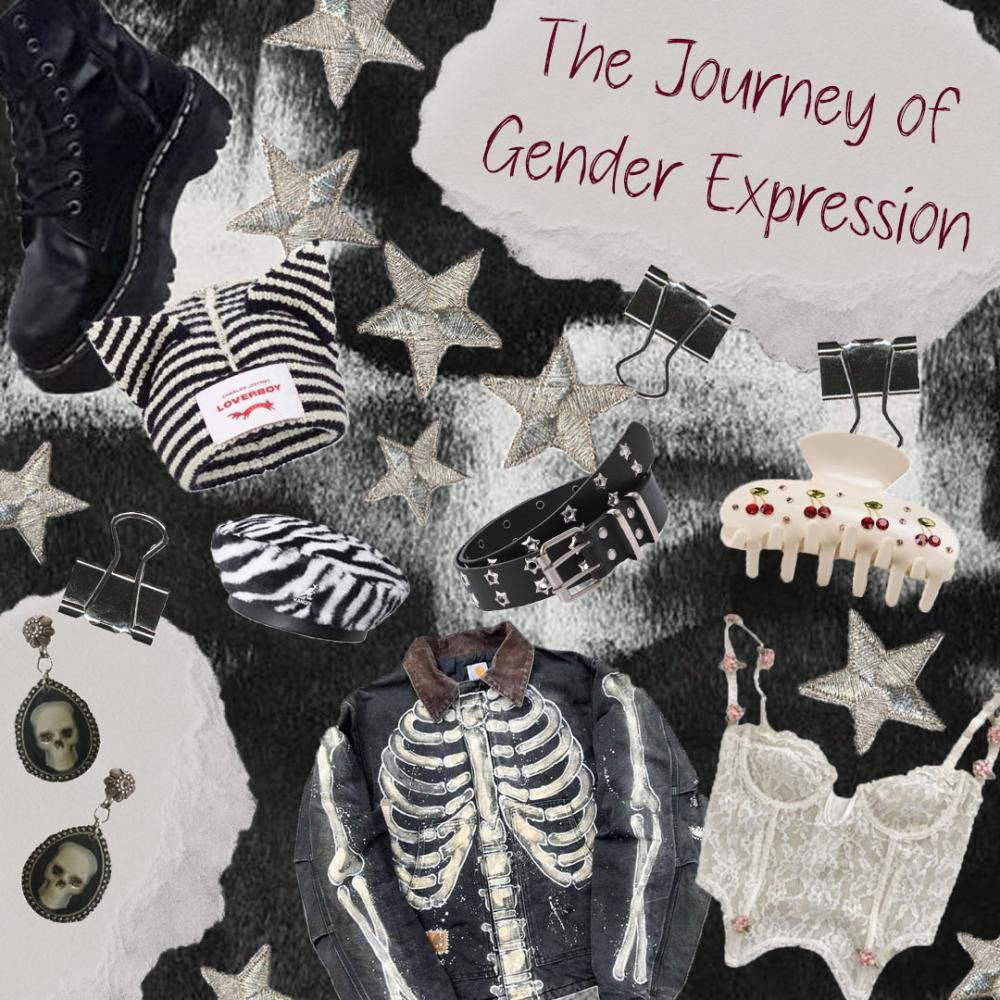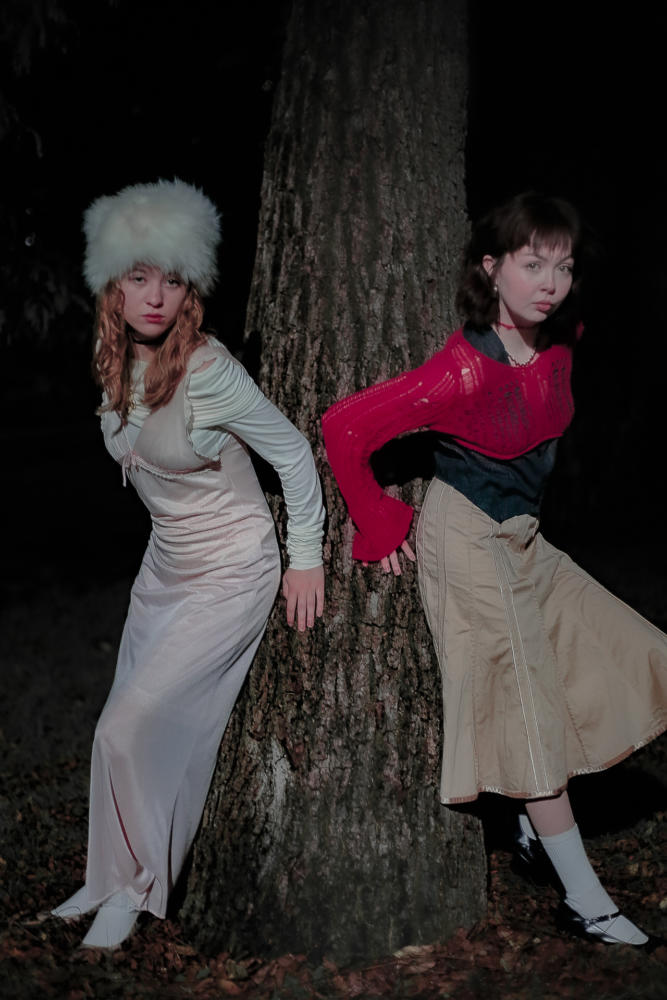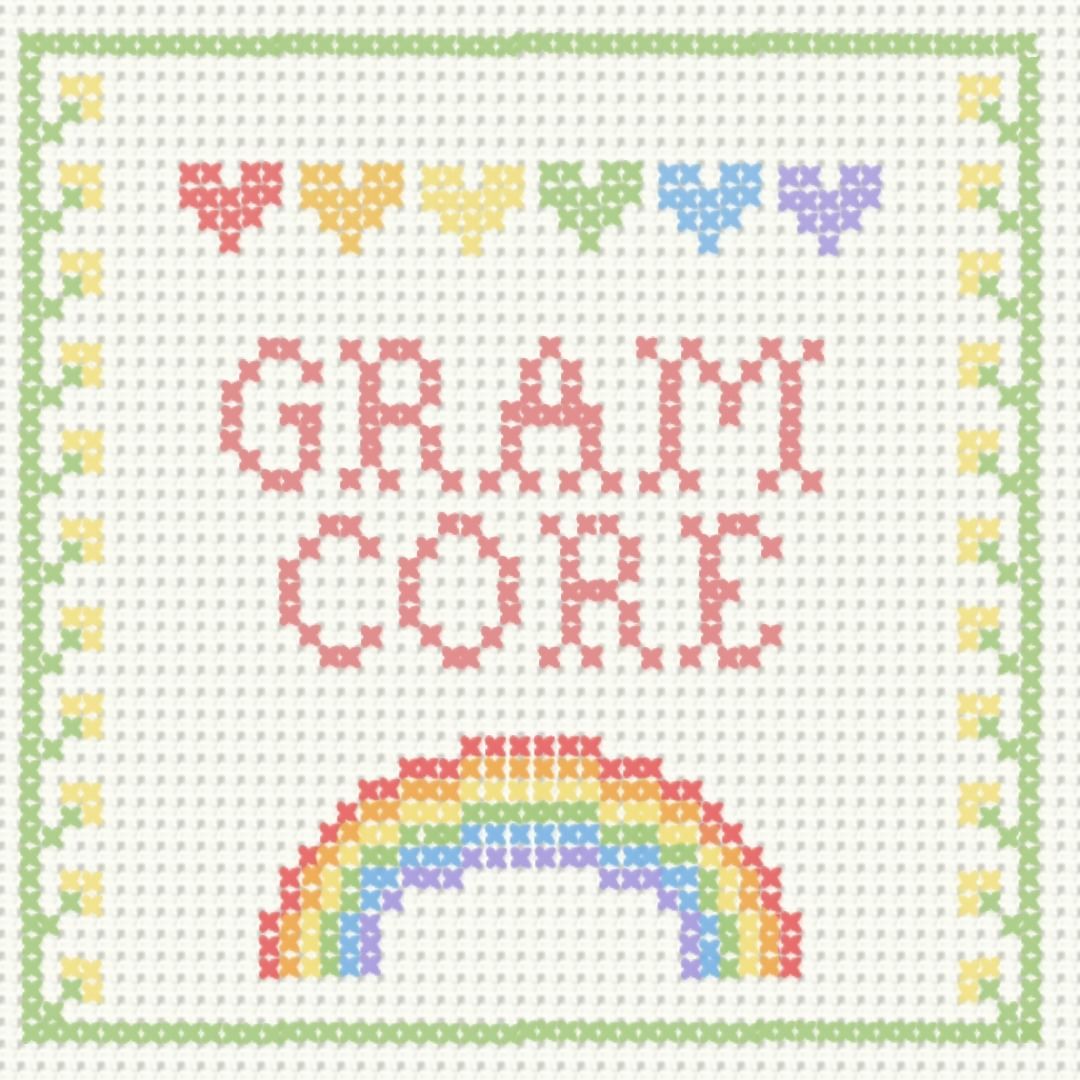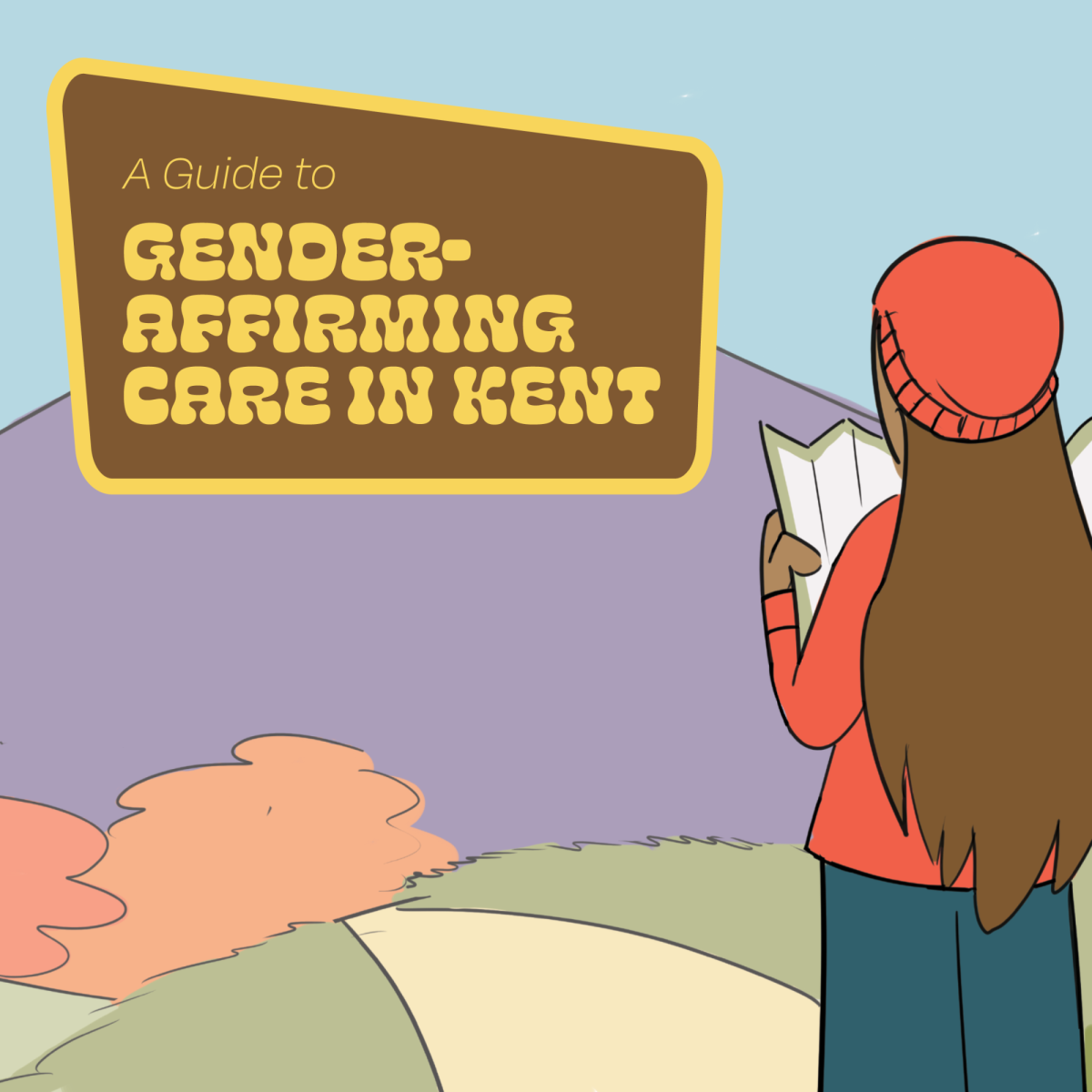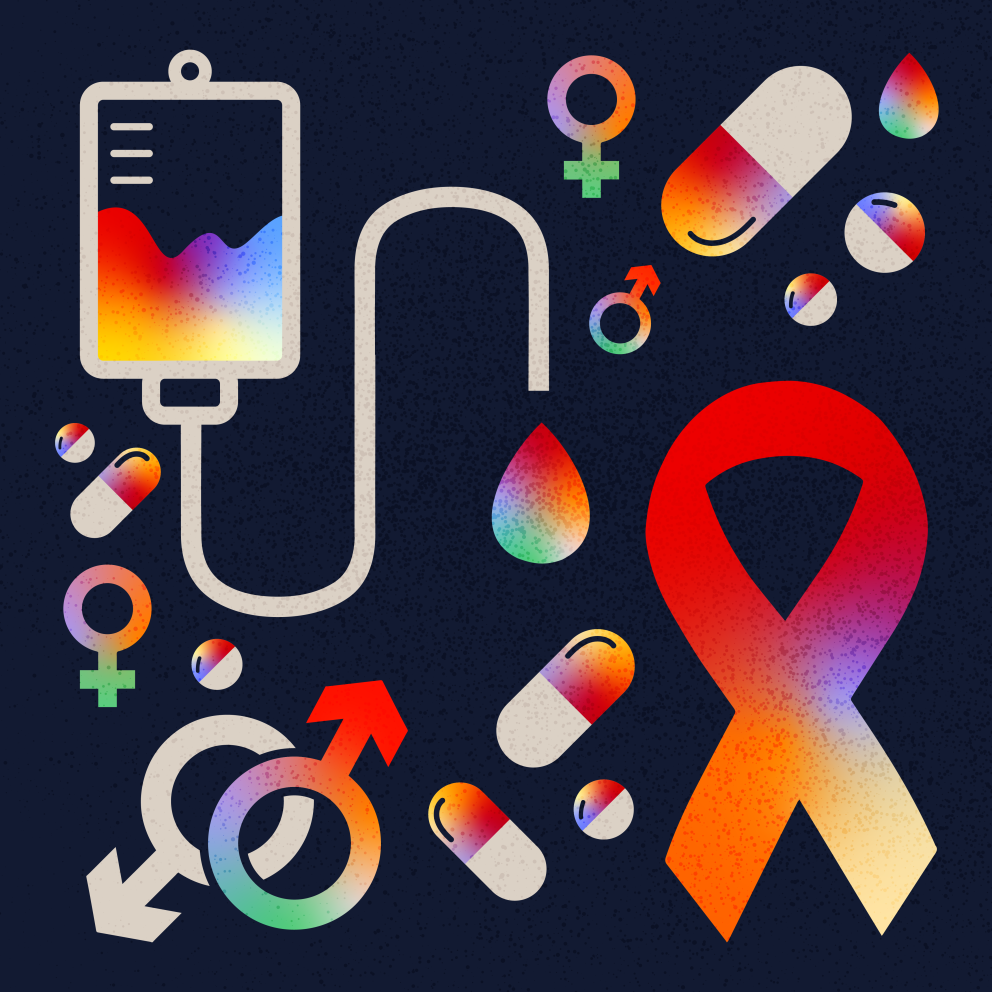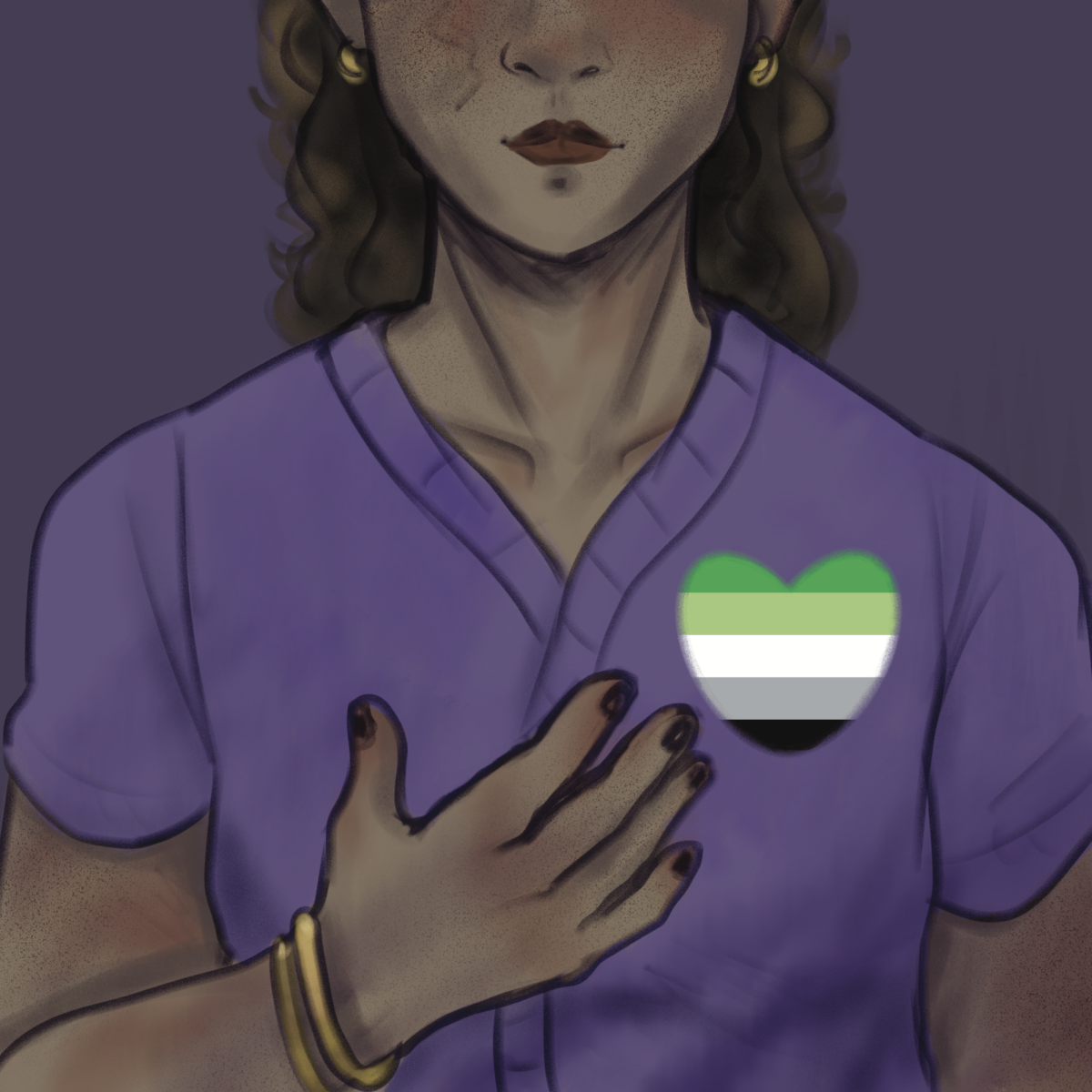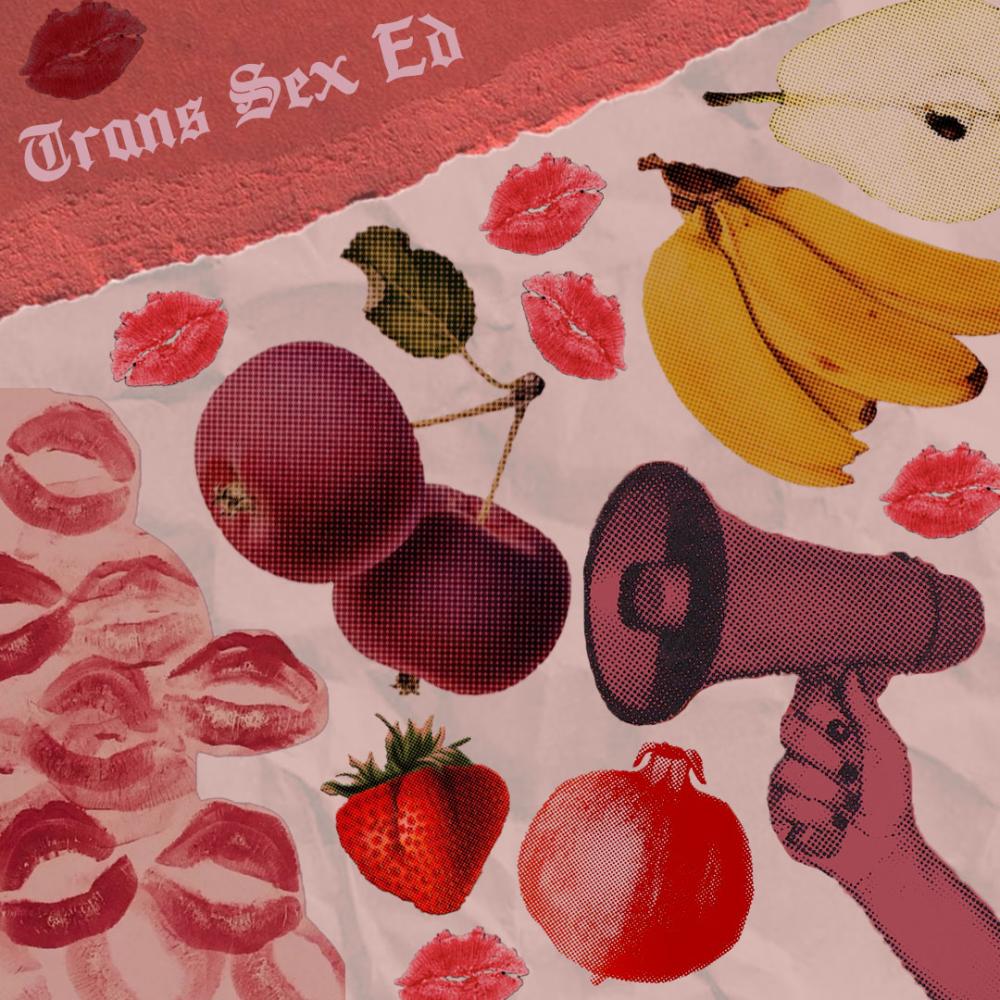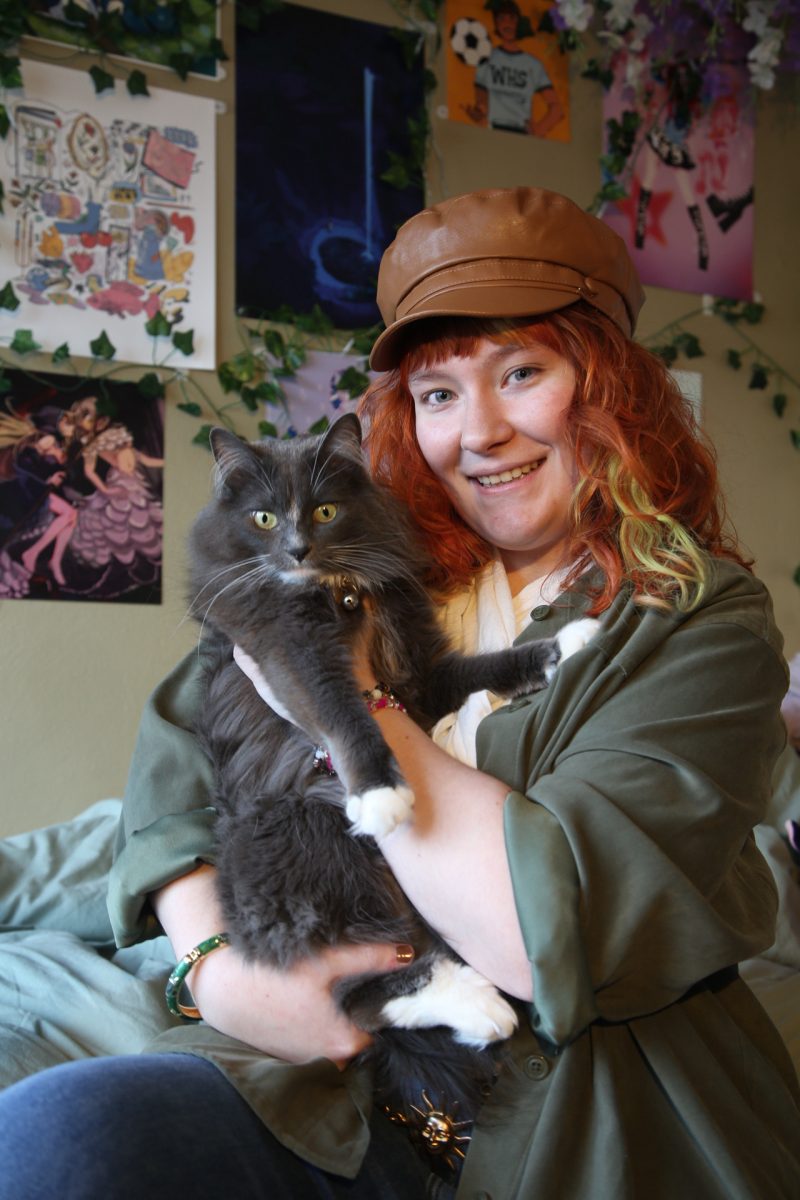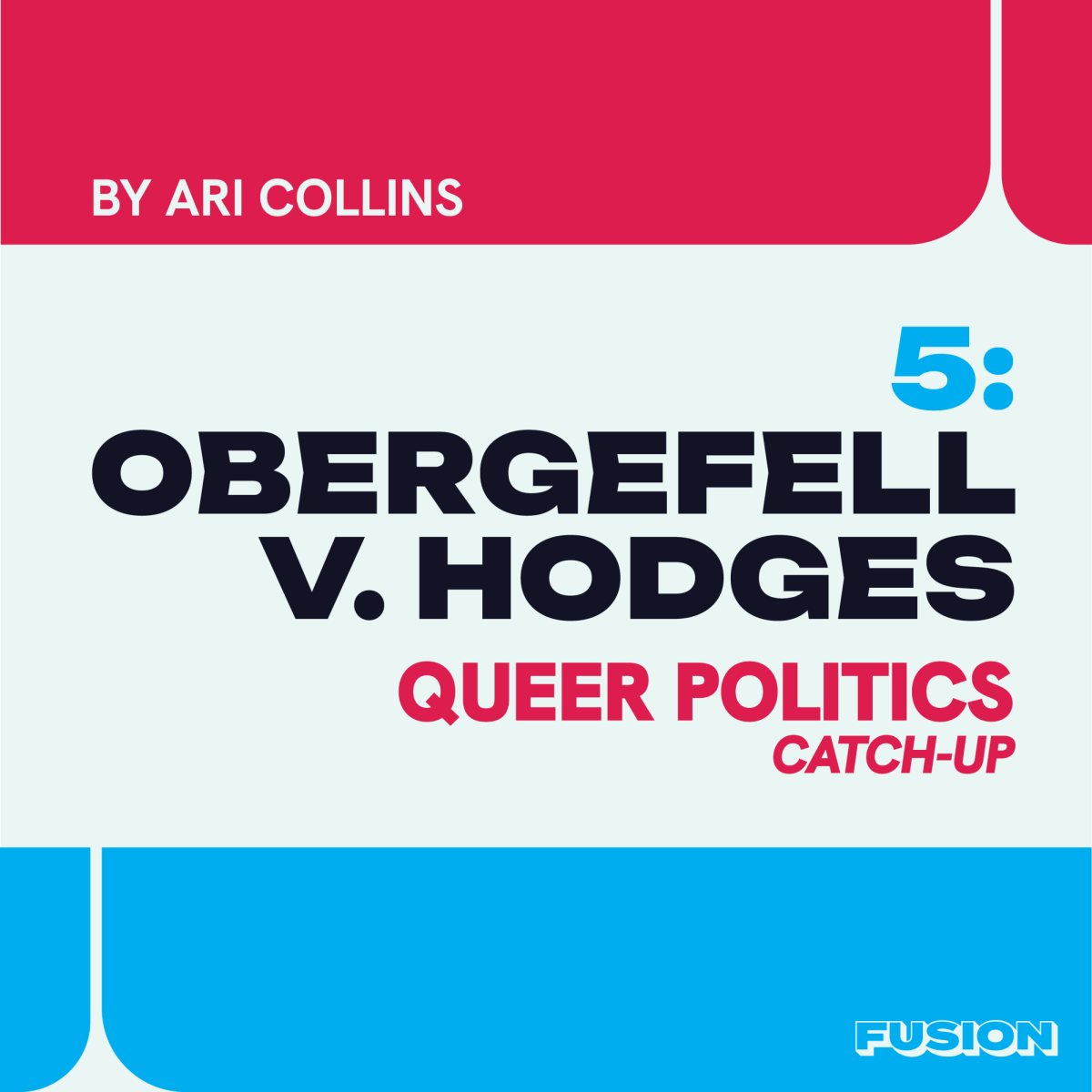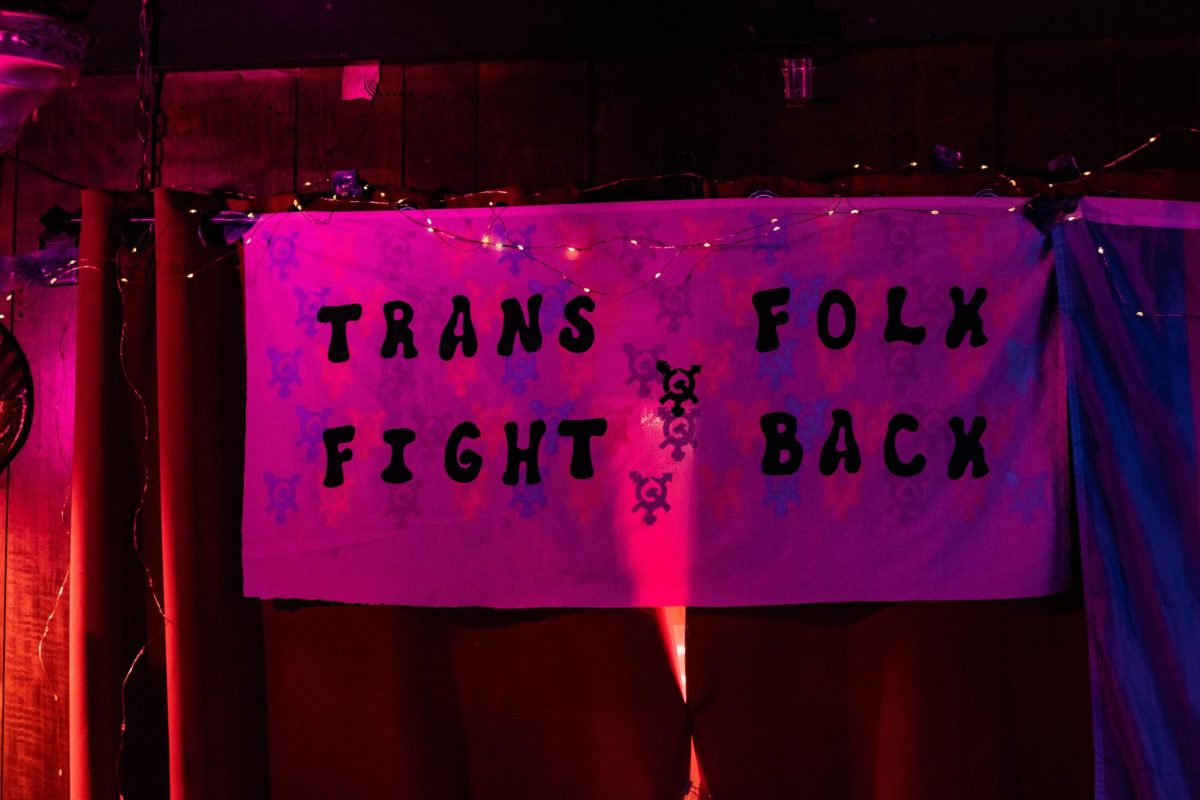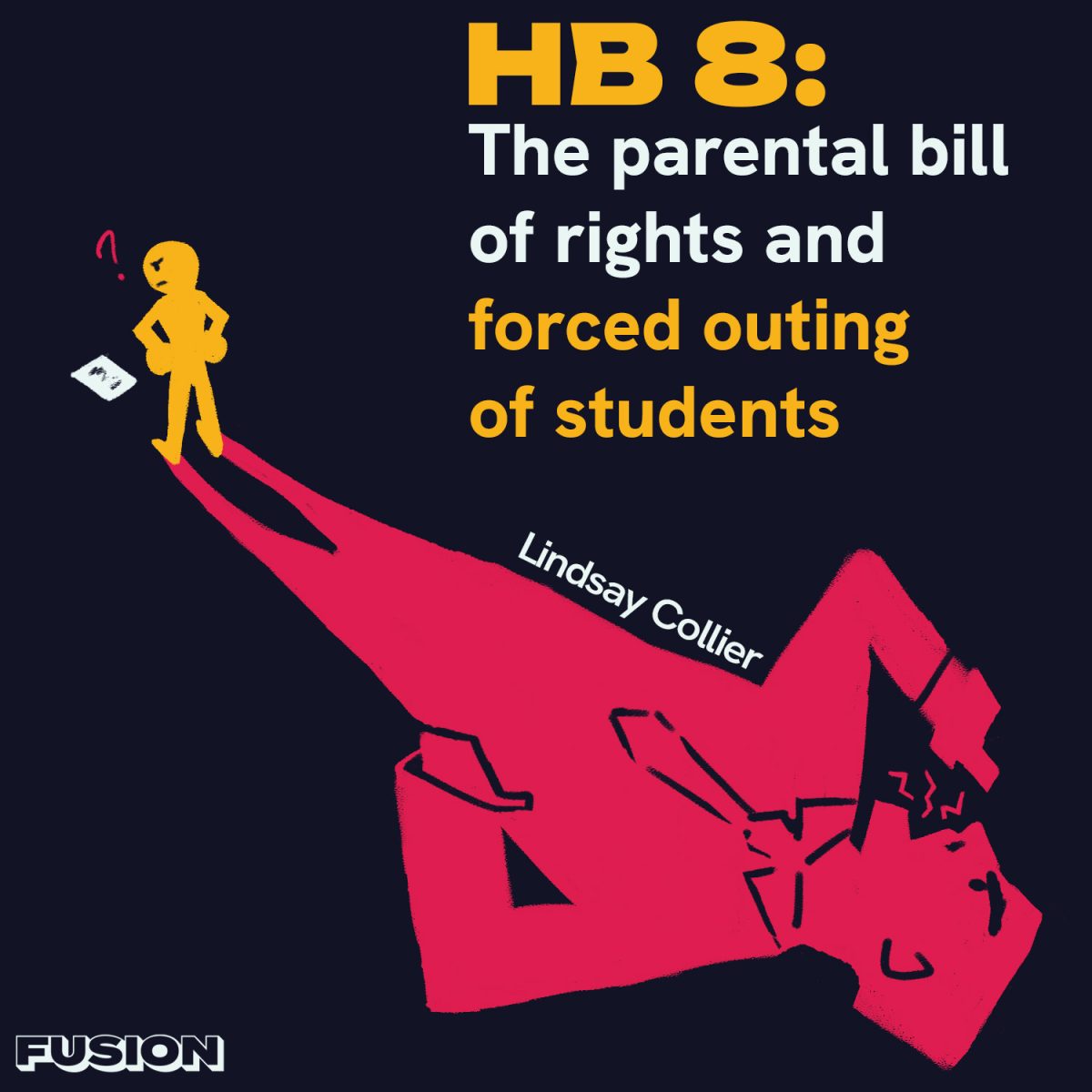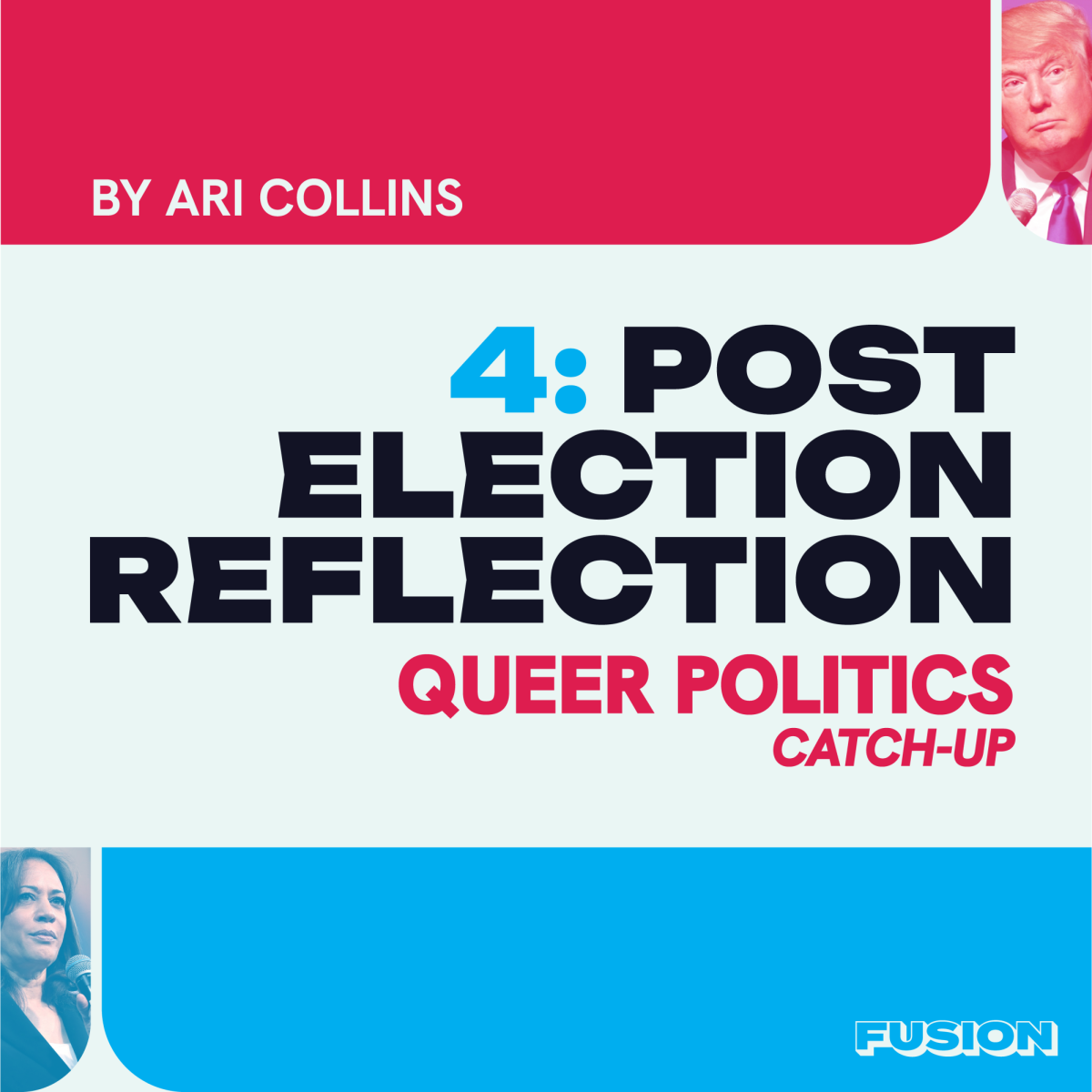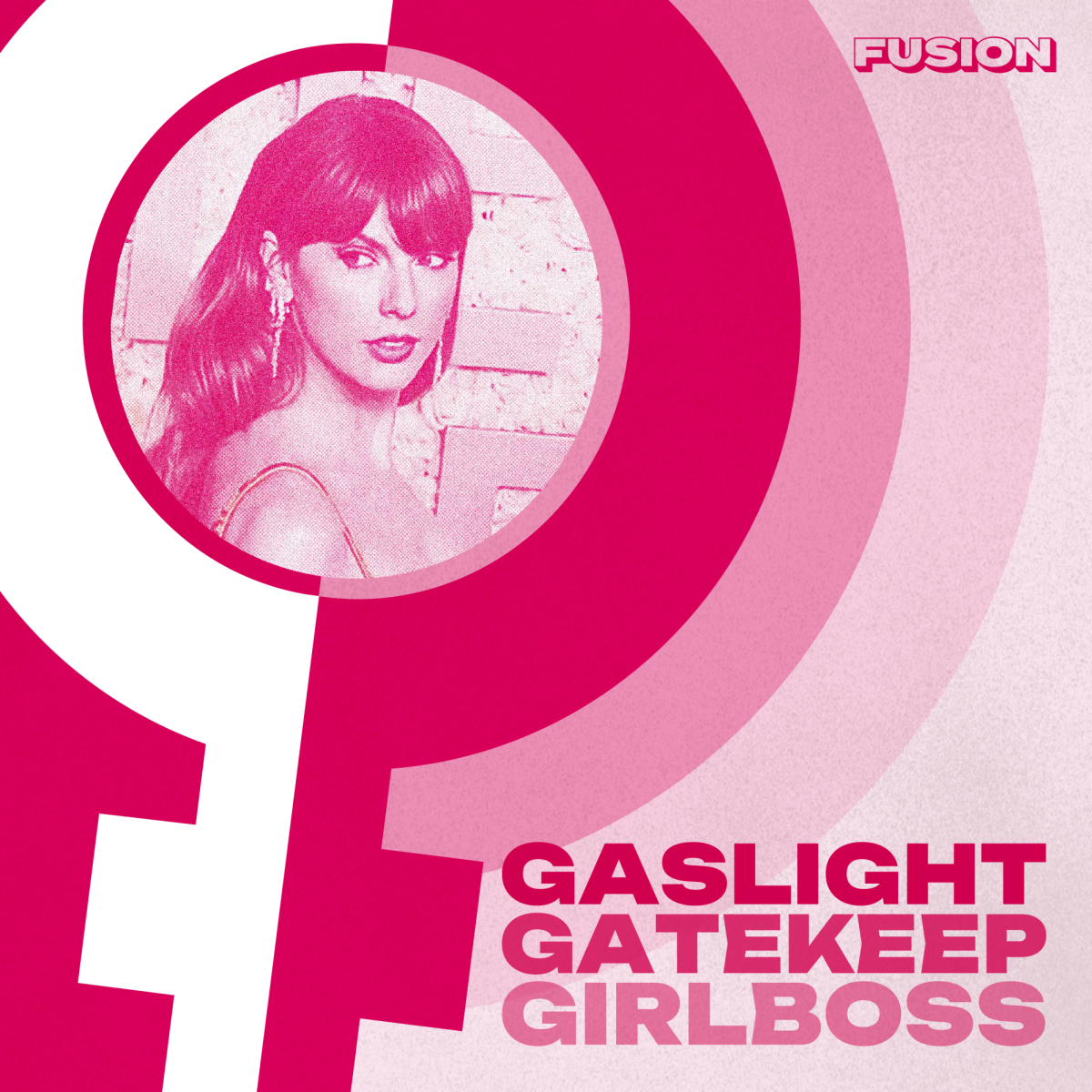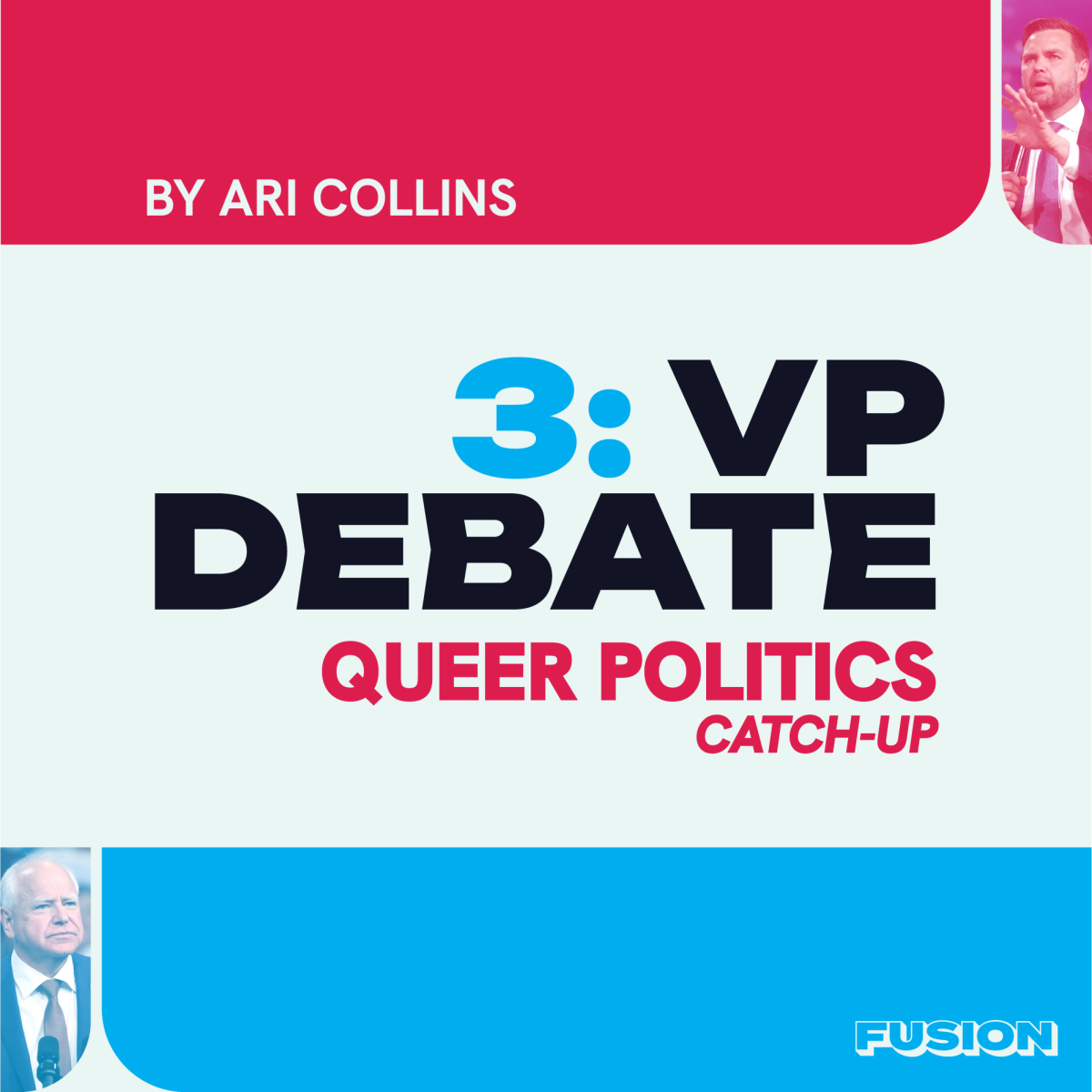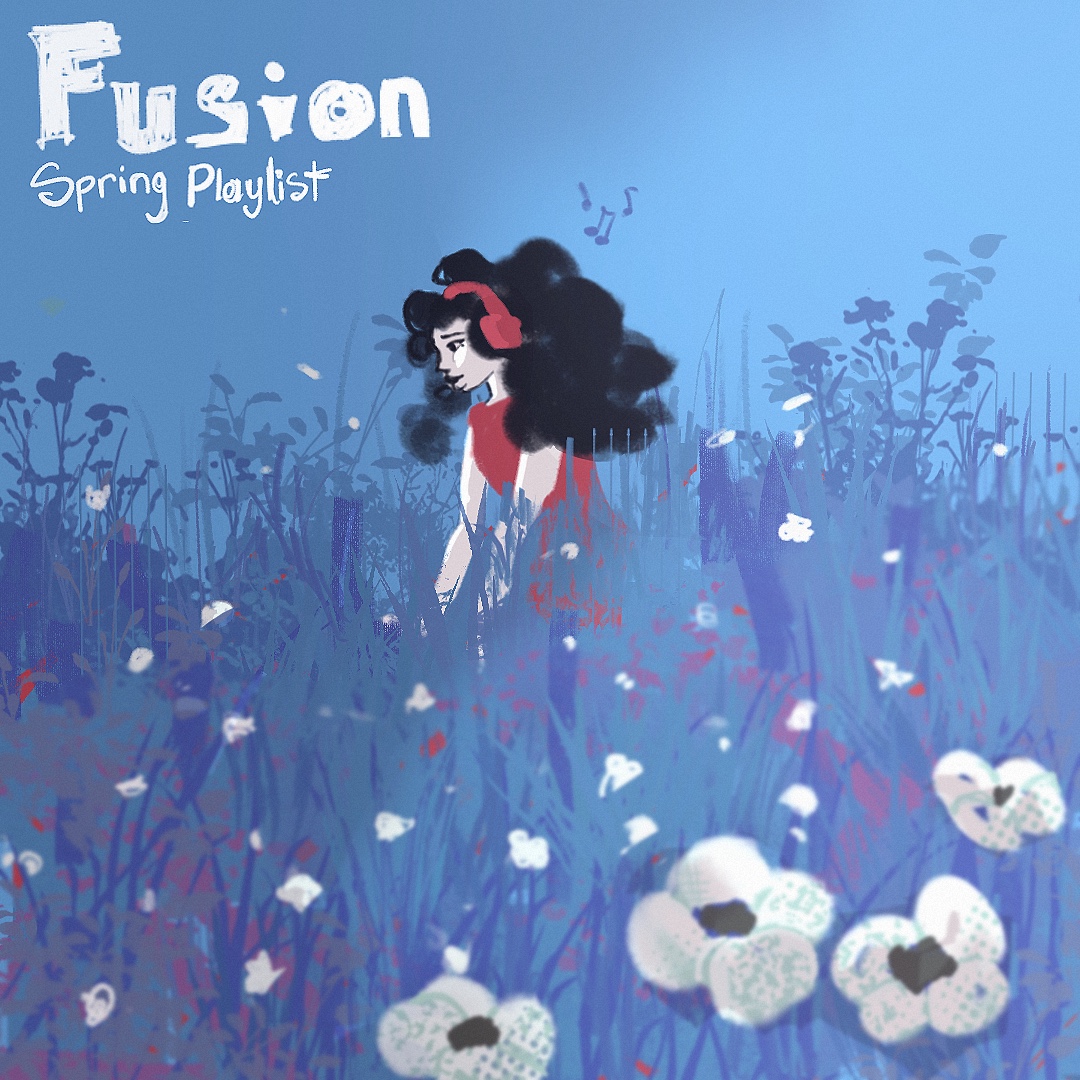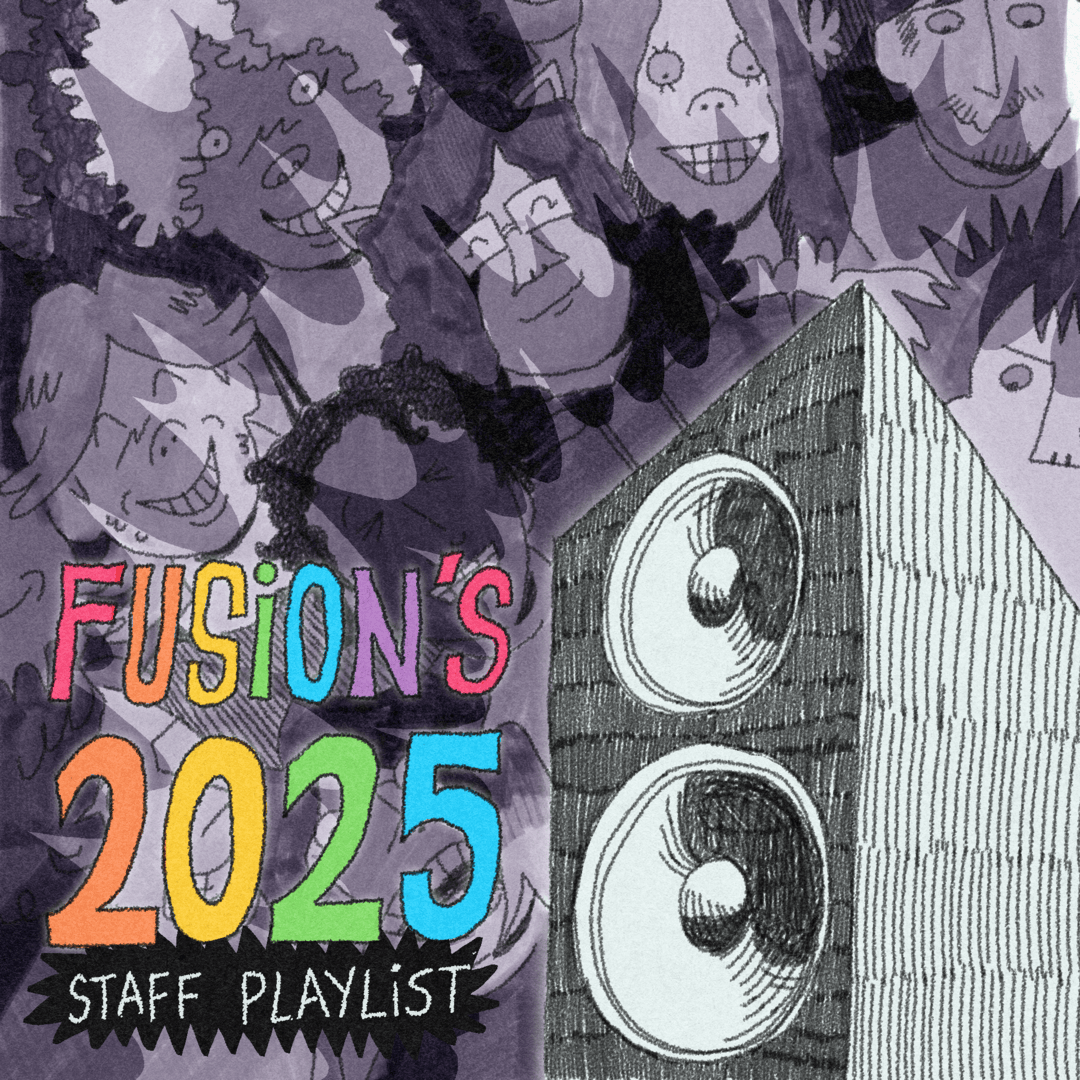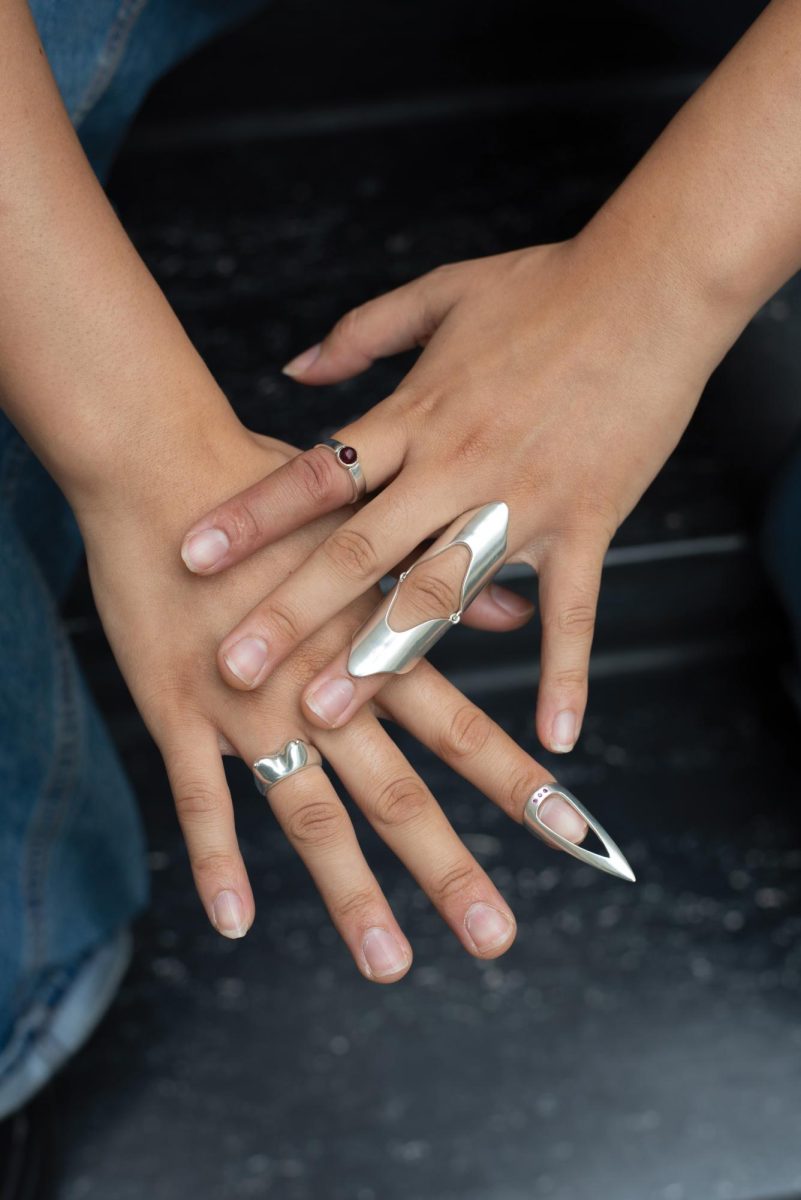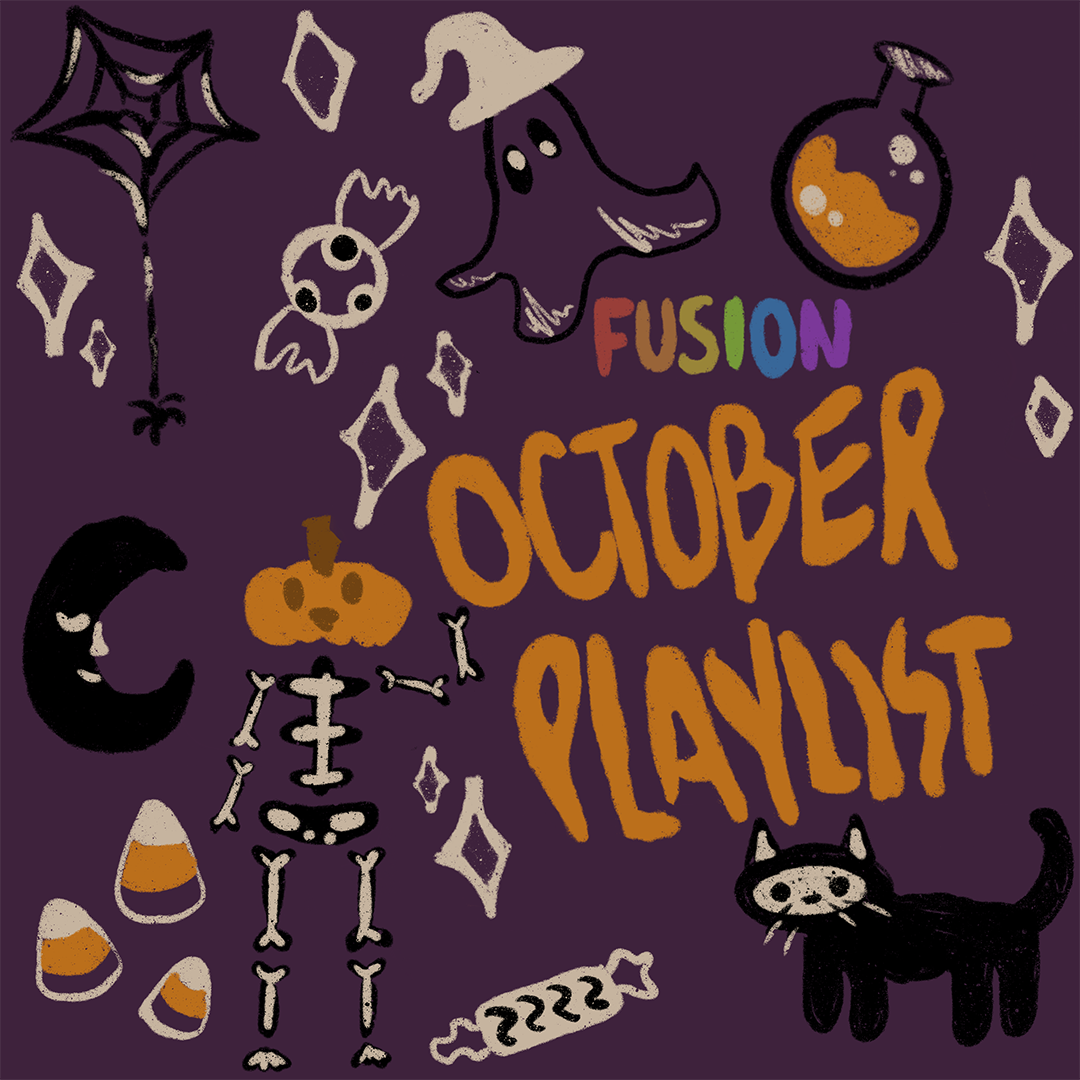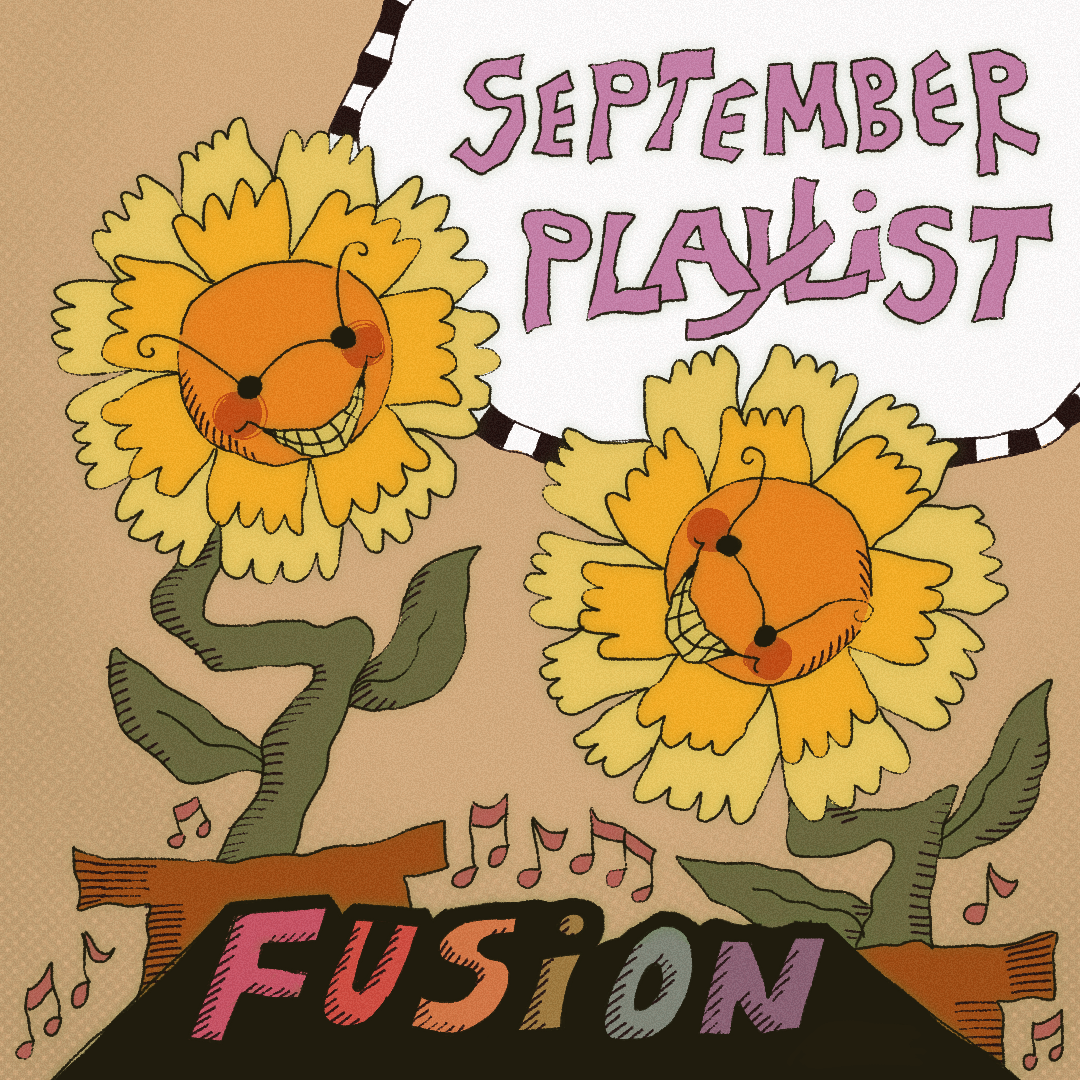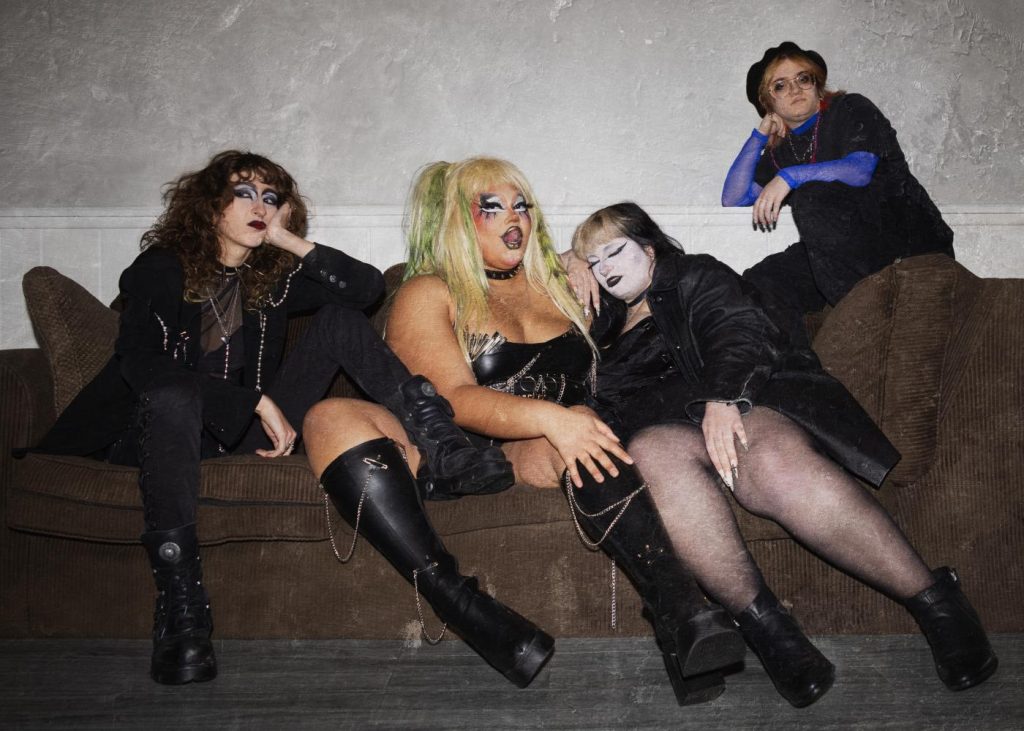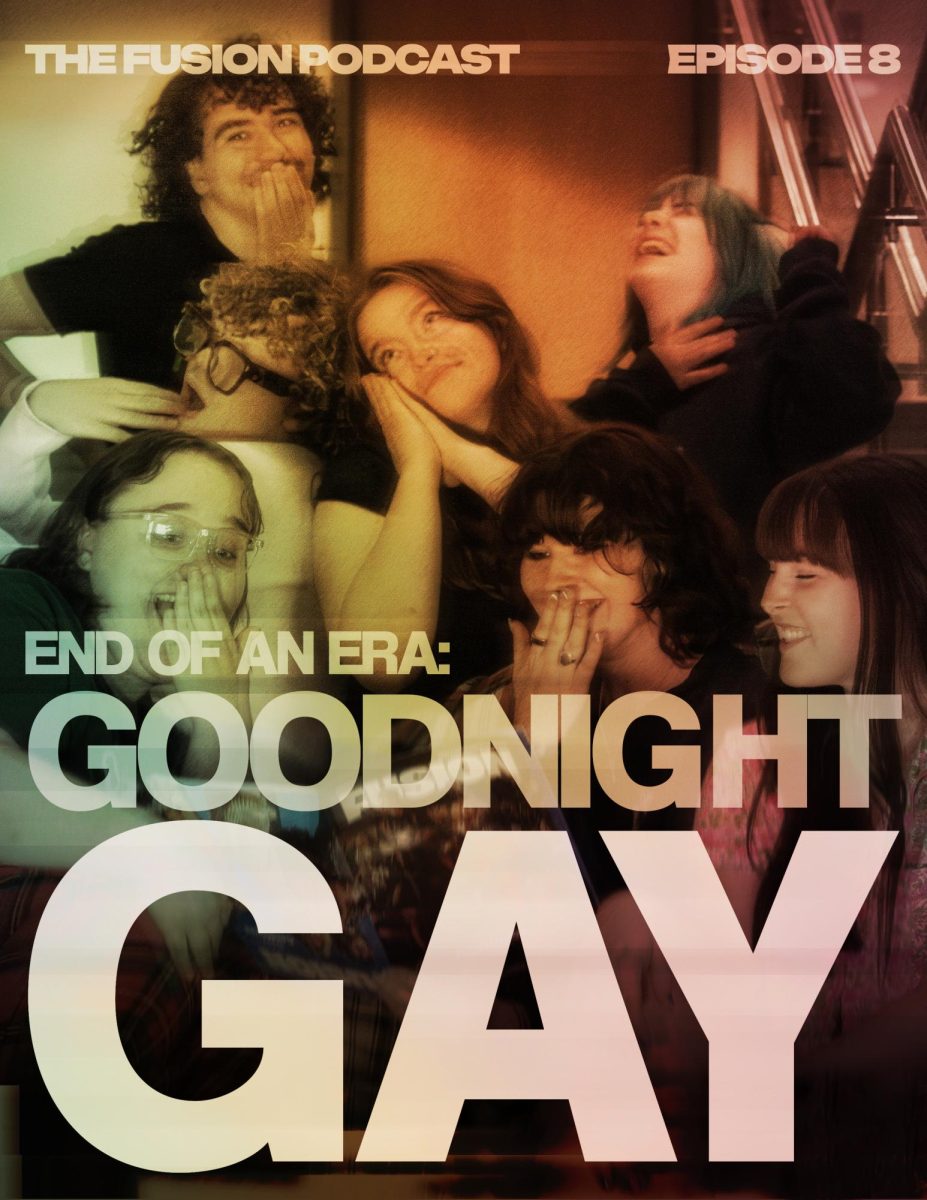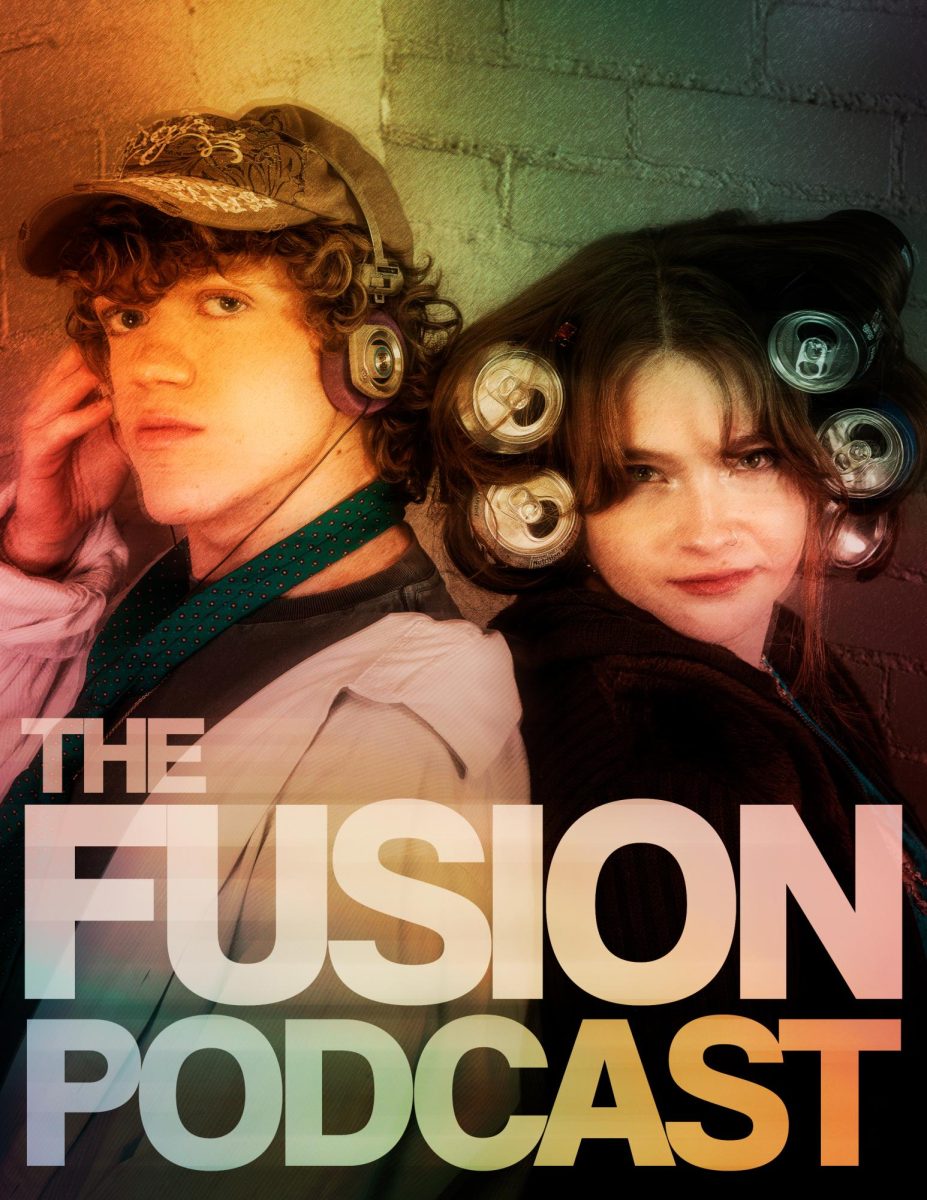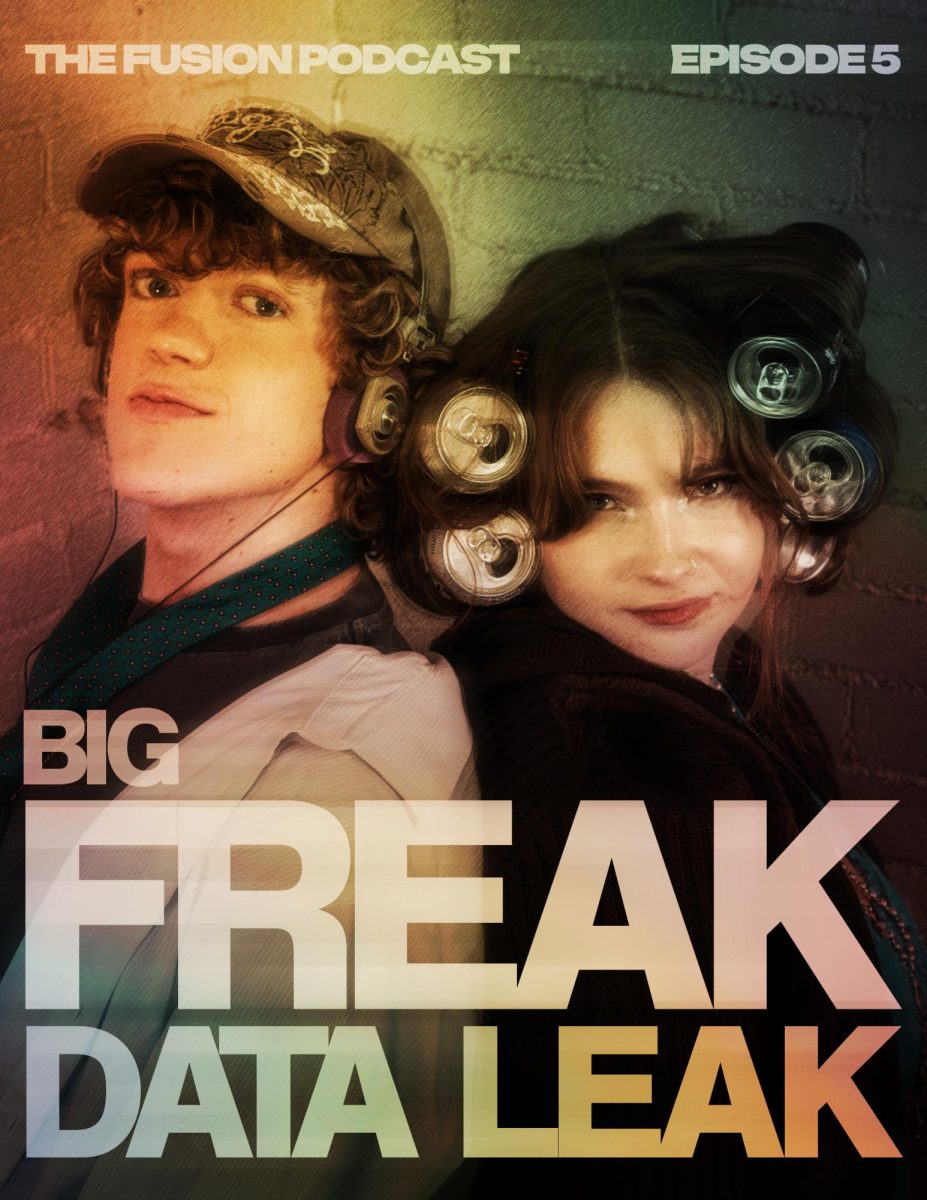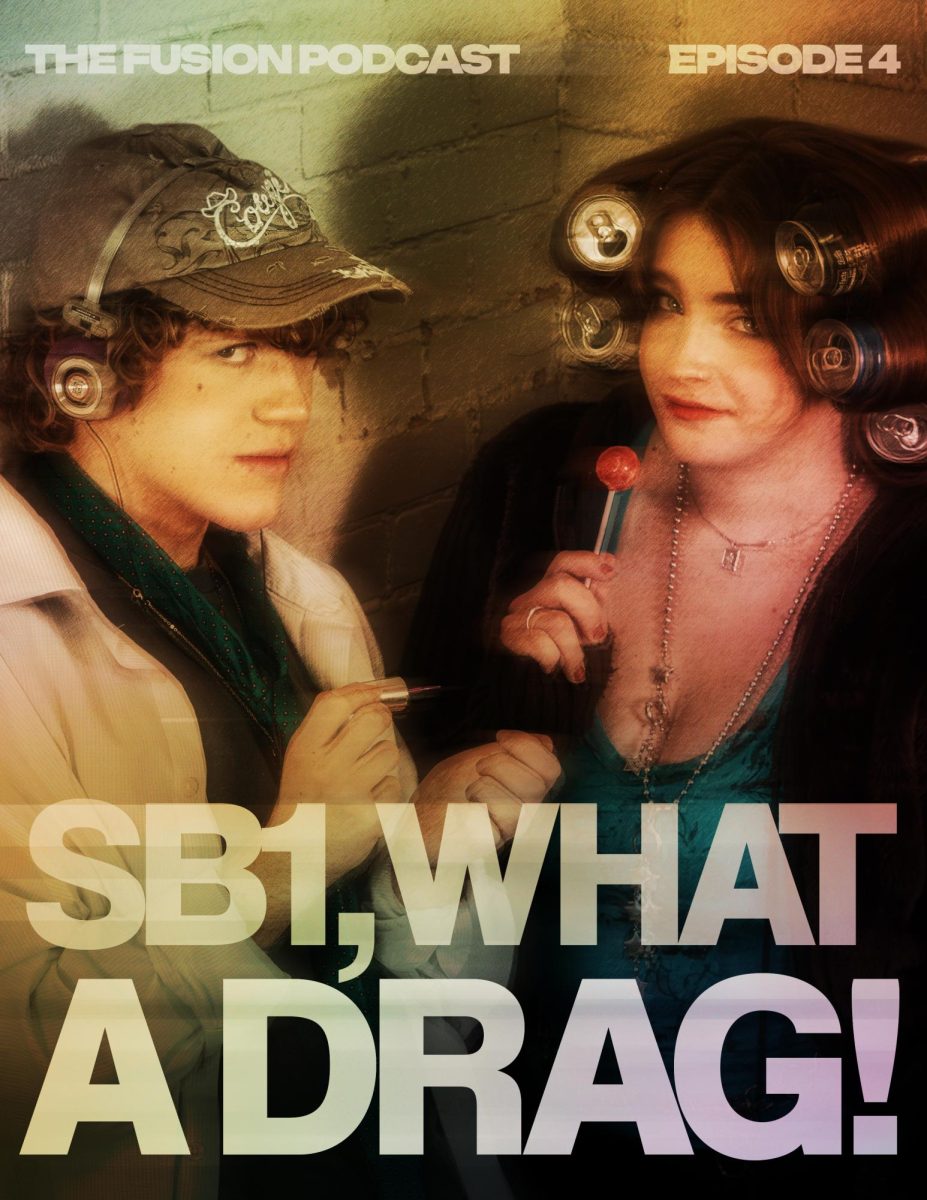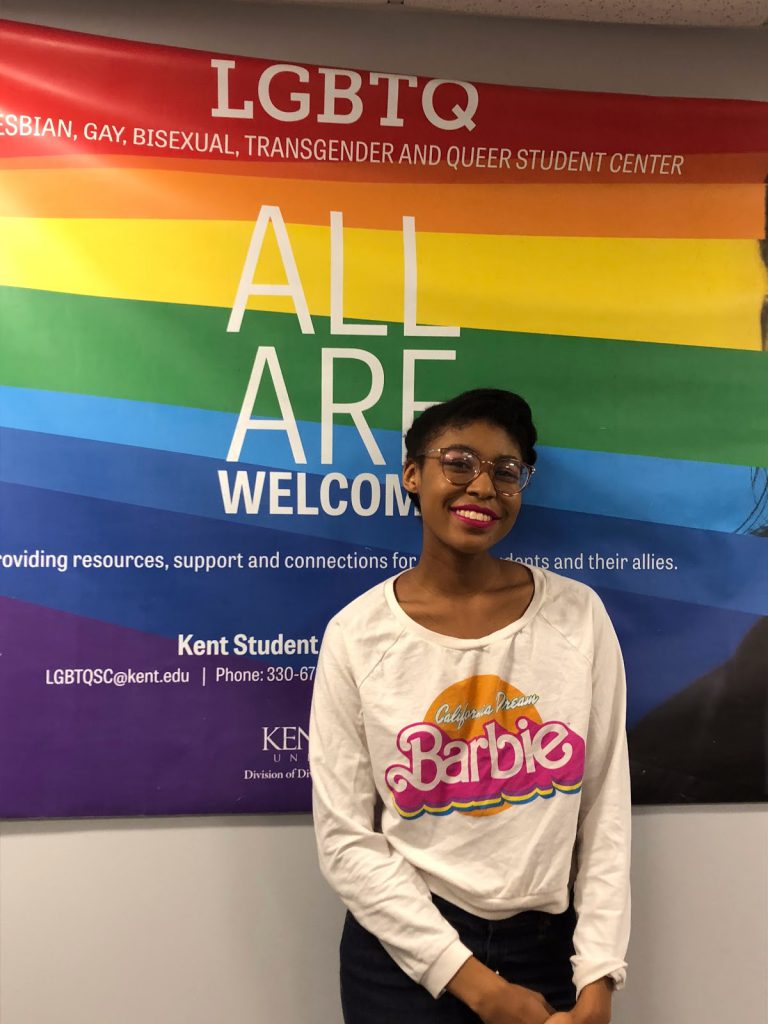By Adam Schroeder
Everyone has multiple identities that shape them including race, ethnicity, age, ability, class, sexual orientation, and gender. But #LGBTQ people of color (POC) have the particularly difficultexperience of being a part of two or more marginalized identities in society.
The existence of multiple identities and how they are intertwined is known as intersectionality. The theory of intersectionality was first coined in 1989 by UCLA professor Kimberlé Crenshaw.
Jordin Manning, a non-binary queer student, said that the theory explains how “different identities and different oppressive forces can intersect and impact a person differently.”
Manning added that intersectionality also accounts, for example, for “how black women experience misogyny differently than white women,” and how “LGBTQ people of color experience homophobia and transphobia differently than white LGBTQ people.”
Rue Monroe, a bigender Afro-Latinx student described intersectionality as a puzzle.
“It’s full when it’s completed but has separate pieces in what it is,” they said.
Those with intersecting oppressed identities often experience higher levels of violence, systemic discrimination and mental health issues.
According to the National Coalition of Anti-Violence Programs (NCAVP), racial minorities within the LGBTQ community are far more likely than whites to be victims of hate crimes. 66 percent of survivors of anti-LGBTQ hate crimes were either African-American or Latinx, despite them only making up a third of the LGBTQ community and 29 percent of the general population. In 2010, 70 percent of victims of anti-LGBTQ murders were people of color and 44 percent of them were trans women.
In fact, it was the intersections of sexuality and ethnicity that were at the center of the Orlando shooting in 2016 during “Latino night” at the gay nightclub Pulse that killed 49 people.
Trans people of color are the most at risk to be victims of violent hate crimes and are 6.2 times more likely to experience police violence than white trans individuals.
Institutionalized racism, heterosexism, and transphobia create a system in which LGBTQ-POC are particularly at risk for discrimination in education, employment and housing. 55 percent of Native American LGBTQ people and 34 percent of black trans people are currently living below the poverty line. The percentage of unemployed black LGBTQ people is twice that of the general population.
Lauren Vachon, professor of LGBTQ studies, explained that these individuals lack the opportunities needed to be successful in society due to repressive economic systems and prejudices that make it harder for LGBTQ-POC to obtain jobs.
Racism within the hiring process and a lack of anti workplace discrimination laws for LGBTQ people make this an immense problem.
Excess prejudice and discrimination also lead LGBTQ-POC to face increased mental health issues and risk of suicide.
Monroe described being a queer POC as “exhausting.” They said stereotypes, microaggressions and racism in dating apps were the main sources of the stress. They also said that people like to choose one identity for them and ignore or invalidate others.
“In queer communities I feel like I have to leave my blackness at the door, and in black communities, I feel like I have to leave my queerness at the door,” Monroe said.
Manning agreed, describing being an LGBTQ-POC as “very emotionally taxing.”
“A lot of people don’t think our problems are convenient to them and it’s frustrating,” Manning said.
Both conveyed the difficulties of combating racism, homophobia and transphobia simultaneously for LGBTQ-POC.
It is important to show that intersectionalities exist by increasing LGBTQ-POC representation in the media, Monroe said.
“Don’t talk over us, amplify our voices,” they said. “You cannot listen enough.”
Manning suggested active listening, in which people who aren’t members of the community “only ask questions to get a better understanding and don’t question motives.”
They asked that people respect safe spaces and do their own research on the topic of intersectionality. They also encouraged people to challenge racism among their peers.
Acknowledging privilege is crucial to combating oppression against those with more than one marginalized identity, and to end racism within the gay community, according to Vachon.
“We as white people must educate ourselves about extra issues people of color face,” she said.
Vachon encourages white LGBTQ people to join the fight, without leading it or taking over.
“Join whatever activism is already happening in the community that you want to help,” Vachon said. “Identify problems and speak out.”
For LGBTQ-POC, Monroe said it’s important to find a place where they feel welcomed. This might be on a website, in a Facebook group or in an organization.
One welcoming organization on campus is Threads. Manning is the president of the group.
“[Threads is] an educational and social based organization for LGTBQ-POC who are at various stages of the coming out process,” they said. “Allies are also accepted, of course.”
Threads has educational meetings and socials to help LGBTQ-POC.
Threads meets on the second and fourth Wednesday of every month at 7pm in the Student Multicultural Center on the second floor of the Kent Student Center.


